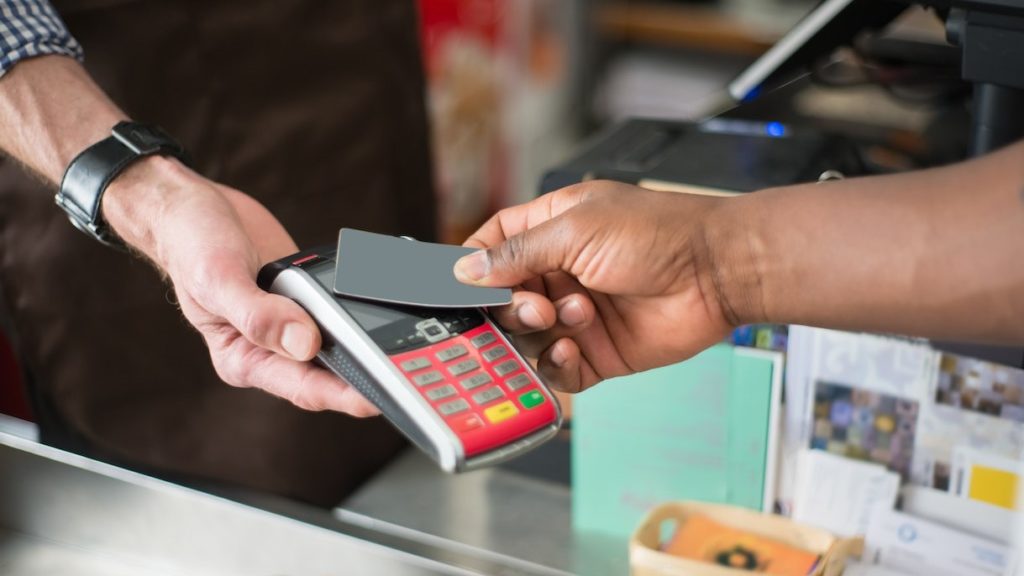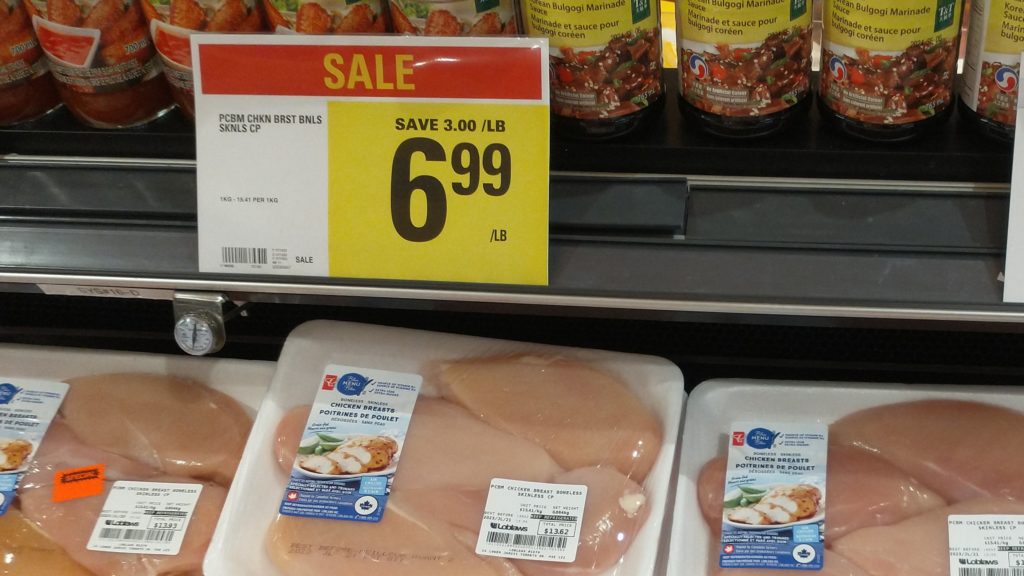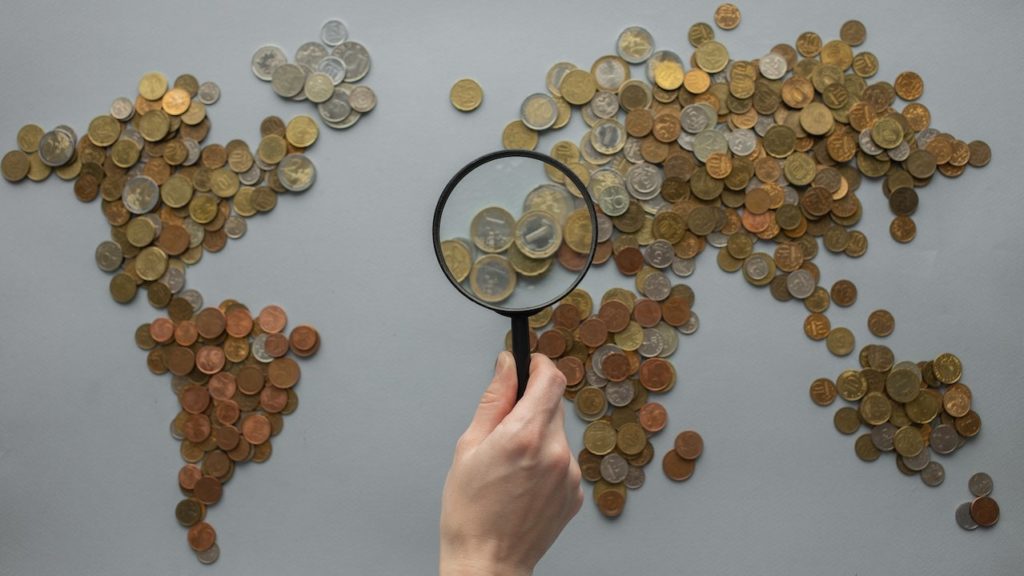Did you know that many countries have different sales tax rates for different kinds of food?
Did you realize that you can cut food costs simply by being more aware of how much of your food budget is going to the government and not being invested in your food basket?
Sales tax vs VAT – kind of the same but not exactly
Most countries around the world levy taxes on the sale of goods and services. There are two types: sales tax and VAT.
Sometimes the tax is collected only at the end of the production-consumption chain and is added onto the purchase price. This is sales tax.
More commonly, it is collected at every stage of the chain, with each participant recouping the loss from the next buyer until the final burden lands on the end consumer. It’s a bit like a game of hot potato. This is value-added tax, or VAT.
Since we’re only discussing end consumers here (i.e., the person buying the product at the grocery store and eating/using it), the end result is the same. Except for one thing: VAT is usually included in the sale price, whereas sales tax is added at the time of sale.

Sales tax – a particularly North American issue
Most countries around the world have a VAT system. As far as this blog post goes, what this means for the end consumer is that knowing how your country taxes food probably won’t greatly affect your shopping habits. Depending on your political views, you might want to minimize how much of your grocery spending goes to the government, but it won’t necessarily help you save money.
In Canada and the US, it’s a different story. In both countries, sales tax is the name of the game. It’s a little bonus you get to pay at the end after the cashier has totaled up all your purchases.
In the US, there is no federally regulated sales tax. It is all managed locally. First, there is a sales tax instituted by the state. Then local taxes get added on top of that.
In Canada, there is a federally regulated sales tax called General Sales Tax (GST). Then each province has its own additional tax – except Alberta (lucky for them). If that provincial tax is managed by the province, then it’s called Provincial Sales Tax (PST). Other provinces have their sales tax managed centrally by the Canada Revenue Agency, and then it’s lumped in with GST and all of that together is Harmonized Sales Tax (HST). Confused yet?
How can sales tax encourage overspending?
I remember when I first came back to live in the United States after having spent nearly a decade in England. I would constantly underestimate how much I had to pay because I was always forgetting that the tax was going to be added at the end. It was even more shocking when I moved to Canada. In Ontario, sales tax is 13%!
Even when we’re conscious of the tax we’ll be paying, it can still affect the way we shop because the number we make decisions on is the sticker price – not the true price. It’s like that well-known trick retailers use of taking a penny off the price just so it looks cheaper.
You know that $3.99 is the same as $4, but your subconscious still prefers $3.99.

It’s true that you could easily pull out your phone and use the calculator app, but how many of us do that? How many of us just say, “And add a little extra for tax” – if we even think of that?
Just the other day, I was out with a friend and we saw an item that was marked down. “30% off,” the tag declared next to the original price.
“What’s that then?” said my friend. “And with tax?” Although we each had our own smartphone, neither of us bothered with the actual price. We just did some vague math in our heads for an estimate.
And that’s the problem with sales tax: it leads to us being vague or even forgetful about the real price that we’re paying, which in turn can lead to overspending.
Taxes on groceries
Many countries all over the world give consumers a break on taxes for essential goods like groceries. In some places, like Canada and the United Kingdom, they are not taxed at all, while in others, like India, different categories of goods are subject to different tax rates.
However, not all jurisdictions subscribe to this practice, and some charge the same rate of tax on food as they would on a car or a pair of jeans.
And even in places where there is a tax break on groceries, you need to read the fine print to understand what is considered a zero-rated (non-taxable) item. As far as the government is concerned, not all food is created equal!

As a general rule, when there is a variation in the taxes on foods, we are going to pay the price mainly on foods that the health authorities would like us to eat less of. You’ll want to check out the rules for your particular jurisdiction, but the common targets are foods that are high in fat or have added sugar and salt.
Although these taxes are controversial, being aware of and dodging these added taxes can be a win-win situation for you. By eschewing taxable items and sticking to the ones that are tax-free, not only will you avoid paying extra in the form of taxes, but you will also develop better eating habits.
Unless, of course, you are buying non-taxable baking ingredients and filling yourself up with homemade treats instead!
What can I do to become more aware of how my groceries are or are not being taxed?
1. Reading this blog post is a good start. Congratulations!
Just being aware that there is a difference in the ways various items are taxed is a huge start.
2. Start paying attention to your grocery bill.
If you’re lucky, taxed items might be marked as such. Otherwise, you’ll have to make your best guess on what’s being taxed and then do some math to check your assumptions. Knowing that non-food items and snack foods are common targets for taxes can help you out.
3. Do some research.
Get to know how things work in your jurisdiction. So much is online these days. A simple Google search of “sales tax in Florida” (or Bangalore or BC or wherever you live) should be all it takes to get you started.
Tip: Try to read a document published by the government. Although the actual legislation might be hard to decipher, you can also often find a more simplified overview. While blogs like Purchasing Power can help increase your awareness, they may not be up-to-date and even when written with the best of intentions can contain misinformation. Always go to the source!
And make sure to check the taxation rules at various levels. In the United States, for example, sales taxes on groceries vary widely from state to state and even from county to county, from no tax at all to nine percent. (And you might save on other products, too! Some non-grocery items that are also exempt from sales tax in Florida include Bibles, hymn books, most common over-the-counter medications, and the Florida state flag.)
This year, Kansas is beginning a reduction of its state sales tax on groceries over two years to 0%. It will cover most foods bought in the grocery store, including soft drinks and candy, which are often taxed in other jurisdictions. However, this does not affect local tax, so residents might still be taxed on groceries, unless the counties follow the state’s lead.
It just goes to show how important it is to understand what’s happening at different levels of government and what tax breaks you might be entitled to.
